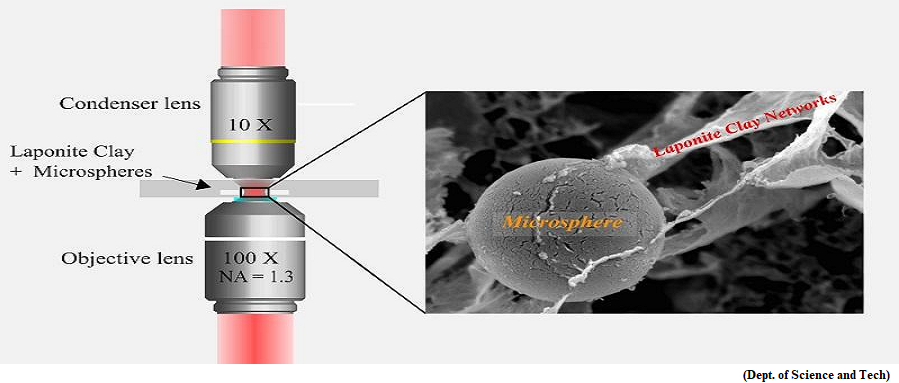India-Israel Friendship, Beginning of a New Era of Industrial Research and Development Cooperation (GS Paper 2, International Organisation)

Why in news?
- In a momentous milestone in S&T cooperation between India and Israel, a MoU on Industrial Research and Development Cooperation was signed between the Council of Scientific and Industrial Research (CSIR) and the Directorate of Defense Research and Development (DDR&D), of Israel.
Key Highlights:
- The MoU shall enable cooperation in the industrial R&D programs in mutually agreeable industrial technology fields through implementation of specific projects.
- The collaboration would encompass some of the key industrial sectors including Healthcare; Aerospace & Electronics Instrumentation; Civil, Infrastructure & Engineering; Chemicals and Petrochemicals, Sustainable Energy including Energy Devices; Ecology, Environment, Earth & Ocean Sciences and Water; Mining, Minerals, Metals & Materials; Agriculture, Nutrition & Biotechnology.
- The collaboration through the MoU would be steered and the execution monitored by a Joint Steering Committee led by the heads of the CSIR and DDR&D for taking forward mutually benefiting Industrial and technology cooperation.
- They welcomed collaboration on futuristic technologies in Hydrogen and Aerospace, including in High Altitude Platform, Hydrogen Valley programs of CSIR, respectively.
Way Forward:
- The present CSIR-DDR&D cooperation would add another feather and be a milestone for India-Israel relations.
- It is a very important year in the S&T sphere of India under the leadership of PM of India as India is holding G20 presidency, celebrating the International year of Millets, as also India and Israel completed 30 years of successful diplomatic relations.
New way to track particles in soft colloids using optical tweezers can be applied in targeted drug delivery
(GS Paper 3, Science and Technology)
Why in news?
- Scientists have found a way to track minute clay particle movements within soft clay colloids using optical tweezers, the application of which in biological systems brought the Nobel Prize in Physics in 2018.
- This new way to track particles and manipulate them as desired can be applied in areas like targeted drug delivery.

Laponite:
- Using optical tweezers, researchers at Raman Research Institute (RRI), attempted to study the dynamics and hidden structural details of Laponite, a synthetic clay.
- As these clay particles are the same size (monodisperse) and transparent, so they are best suitable for performing advanced studies under light.
- Laponite is a widely used raw material in the pharmaceutical and cosmetics industries. This clay comprises disk-shaped particles sized 25 to 30 nanometres (nm) and one nm in thickness.
- Polystyrene beads dispersed in Laponite clay suspension were used for the experimental setup. With time, microstructures were noted to have developed due to the electrostatic interactions between the clay particles.
- These microstructures grew stronger with time, with their network size dependent on the concentration of Laponite particles.
Experiment & outcome:
- They used optical tweezers as they wanted to measure movements of the probe in nanometres scales, where the properties of the medium evolve with passing time.
- Optical tweezer is a popular tool in an optics laboratory, used to measure minute forces and manipulate tiny dielectric beads trapped at the tight focus of an intense laser beam over length scales down to a few nanometers.
- It allows the inducement of movement in the trapped probe particle, and its response is analysed to extract previously inaccessible local viscoelastic properties of the underlying medium.
- Furthermore, they team used cryogenic field emission scanning electron microscopy (cryo-FESEM) to examine the average pore areas formed by the Laponite microstructures.
Way Forward:
- They thus concluded the prevalence of a direct relation between the morphologies of the clay suspension structures and the probe particle dynamics at micrometre length scales.



